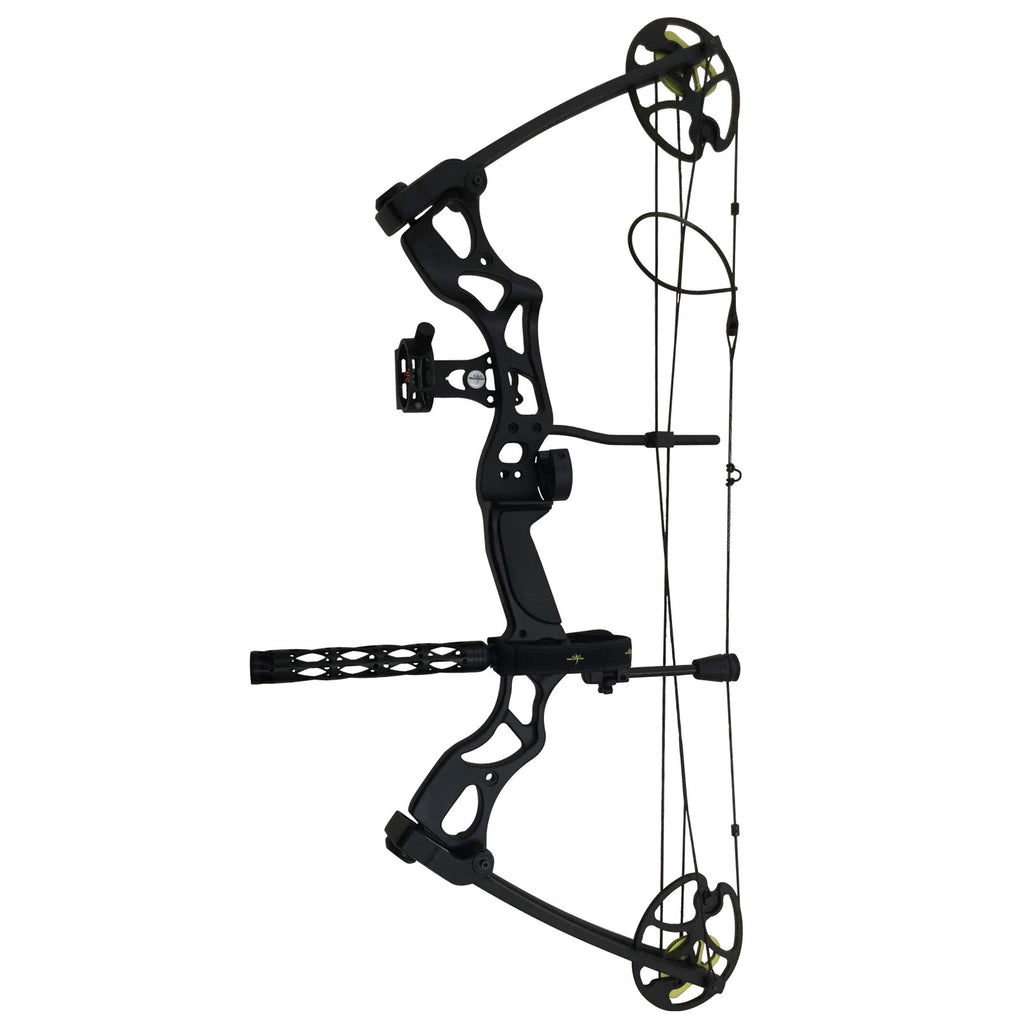Bow Stabilizer Acquiring Guide: Every Little Thing You Need to Know Prior To You Buy
Boost Your Archery Efficiency: The Ultimate Guide to Bow Stabilizer Configuration
Amongst the various elements that contribute to precision and security, the bow stabilizer plays a pivotal duty in refining your shot implementation. Understanding just how to optimize your bow stabilizer setup can lead to considerable renovations in your total precision and consistency on the range or in the field.
Understanding Bow Stabilizers
In the world of archery devices, the duty and function of bow stabilizers stand as important parts for boosting shooting precision and stability. Bow stabilizers are designed to minimize bow torque, lower resonances, and help in holding the bow steady during the intending and launch process. By attaching a bow stabilizer to the riser of the bow, archers can experience better equilibrium and reduced hand shock, resulting in more consistent and precise shots.
The key function of a bow stabilizer is to moisten any type of resonances that happen upon launching the arrowhead. This decrease in vibration not only enhances the shooter's comfort but also assists keep emphasis and control throughout the shot cycle. Additionally, bow stabilizers help in counteracting the weight of accessories connected to the bow, such as sights, quivers, and arrow relaxes, ensuring ideal weight circulation for enhanced security.
Understanding the auto mechanics and advantages of bow stabilizers is crucial for archers looking to adjust their shooting efficiency and achieve higher accuracy on the variety or in the area.

Selecting the Right Stabilizer Weight
Selecting the appropriate weight for your bow stabilizer is a crucial aspect of maximizing your archery setup for boosted shooting performance. The stabilizer weight straight influences exactly how successfully the stabilizer lowers vibration and supports your bow throughout the shot. When choosing the ideal stabilizer weight, it's essential to consider your shooting style, bow equilibrium, and individual preferences.
Lighter stabilizers, usually considering in between 3-6 ounces, are favored by archers that prioritize ability to move and fast target purchase. On the other hand, much heavier stabilizers, varying from 8-12 ounces or even more, are favored by target archers seeking optimum security and decreased bow activity.
Inevitably, the very best stabilizer weight for you will depend on your shooting goals and preferences. Trying out various weights and discovering the one that uses the optimum balance of security and maneuverability is key to boosting your archery performance.
Putting Up Your Bow Stabilizer
To effectively install your bow stabilizer, ensure that you have all the needed devices and comply with these step-by-step guidelines for a protected and reliable configuration. Start by determining the front stabilizer bushing on your bow riser.
Meticulously string the stabilizer right into the front bushing by hand, making certain not to cross-thread it (bow stabilizer). Once the stabilizer is well in position, utilize an ideal wrench to tighten it firmly. Stay clear of over-tightening, as this can trigger damage to the bow or stabilizer
After installing the stabilizer, check to guarantee it is straight and lined up with the bow. Some stabilizers come with flexible weights or dampeners; adjust these according to your preferences and shooting style. Test the bow to make certain the stabilizer is successfully reducing resonance and improving your shot uniformity.
Readjusting Stabilizer Placement for Precision
After setting up the bow stabilizer firmly, enhancing its position is critical for improving accuracy in your shooting. The setting of the stabilizer can significantly impact the balance and stability official source of your bow during the shot cycle. To adjust the stabilizer for optimal accuracy, beginning by try out various placements. Moving the stabilizer closer to the riser can help in reducing the bow's overall weight circulation, potentially boosting your aiming stability. Conversely, extending the stabilizer additionally out can improve the bow's mercy and decrease the effects of torque on the shot.
When readjusting the stabilizer placement, consider the kind of capturing you do. For target i was reading this archery, a longer stabilizer positioned further out may be valuable for added stability throughout the aiming process. On the other hand, hunters may prefer a shorter stabilizer for far better maneuverability in the field. Remember to make little changes and test your setup after each change to figure out the ideal placement for your capturing design and preferences.
Fine-Tuning Your Stabilizer Setup

Furthermore, take into consideration the positioning of any type of dampeners or weights along the stabilizer rod. Relocating these parts closer to or further from the riser can alter the stabilizer's general effect on your bow's equilibrium. Fine-tuning these details can aid minimize vibration, reduce hand shock, and improve overall control during the shot execution.
Frequently reassess your stabilizer setup as your capturing technique evolves to guarantee it proceeds to complement your kind and capturing objectives. By finetuning your stabilizer setup with accuracy and care, you can enhance your bow's efficiency and boost your archery skills to new elevations.
Final Thought
In conclusion, enhancing your bow stabilizer arrangement is important for enhancing your archery efficiency. By understanding the purpose of stabilizers, picking the suitable weight, correctly setting up and positioning the stabilizer, and adjust its arrangement, you can boost your precision and consistency in capturing. Take the time to trying out different arrangements and adjustments to discover the setup that works ideal for you and helps you attain your archery goals.
Bow stabilizers are made to lessen bow torque, lower vibrations, and aid in holding the bow steady throughout the aiming and release procedure. By connecting a bow stabilizer to the riser of the bow, archers can experience enhanced balance and minimized hand shock, resulting in more regular and accurate shots.

The stabilizer weight straight influences just how effectively the news stabilizer lowers vibration and supports your bow throughout the shot. bow stabilizer. By understanding the objective of stabilizers, choosing the proper weight, correctly mounting and placing the stabilizer, and fine-tuning its arrangement, you can enhance your precision and uniformity in capturing